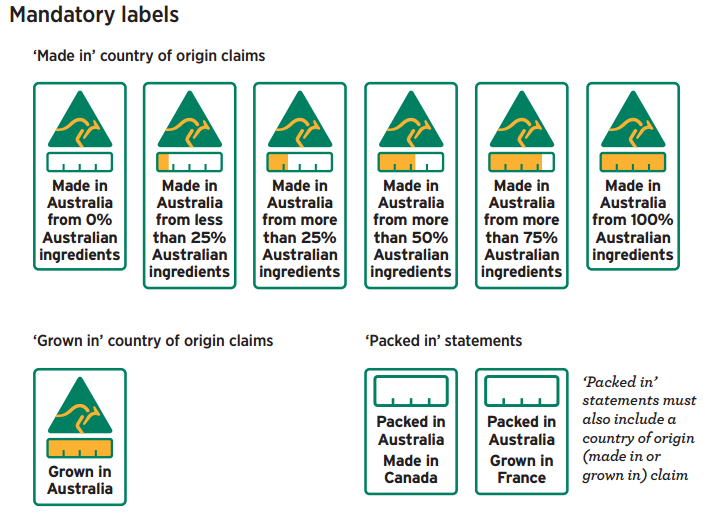

Eckhardt and Bengtsson have argued that in the absence of a capitalist system, branding was connected to social systems and cultural contexts that brand development was a consumer-initiated activity rather than the manufacturer-push normally associated with Western brand management practices. In China, place-names appear to have developed independently during the Han Dynasty (220 BC-AD 200) brand names and place names were relatively commonplace on goods.
Inscriptions on the surface denote a specific place of manufacture, "finest oil of Tjehenu," a region in modern-day Libya. For instance, an object found in a royal burial tomb in Abydos (southern Egypt) and dating to around 3,000 B.C.E., carries brand elements that would be very familiar to modern consumers. Producers began by attaching simple stone seals to products which, over time, were transformed into clay seals bearing impressed images, often associated with the producer's personal identity thus providing information about the product and its quality. David Wengrow has found archaeological evidence of brands, which often included origin of manufacture, dating to around 4,000 years ago. In antiquity, informal branding which included details such as the name of manufacturer and place of origin were used by consumers as important clues as to product quality. The inclusion of place of origin on manufactured goods has an ancient history. The distinctive shape and markings on amphorae provided consumers with information about the manufacturer and the place of origin for goods Over time, informal labels evolved into formal, often regulated labels providing consumers with information about product quality, manufacturer name and place of origin. Archaeological evidence points to packaging specifying the place of manufacture dating back to some 4,000 years ago. Place-based branding has a very ancient history.

In some regions or industries, country of origin labelling may adopt unique local terms such as terroir used to describe wine appellations based on the specific region where grapes are grown and wine manufactured. Country of origin labelling ( COL) is also known as place-based branding, the made-in image or the "nationality bias". There are differing rules of origin under various national laws and international treaties. For multinational brands, CO may include multiple countries within the value-creation process. Country of origin label for a product designed in the United States, but manufactured in China.Ĭountry of origin ( CO) represents the country or countries of manufacture, production, design, or brand origin where an article or product comes from.


 0 kommentar(er)
0 kommentar(er)
